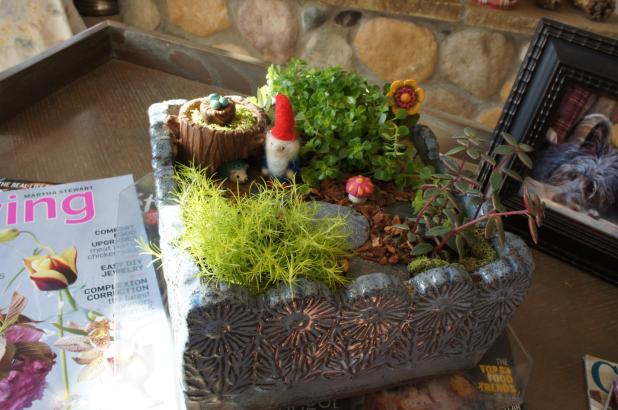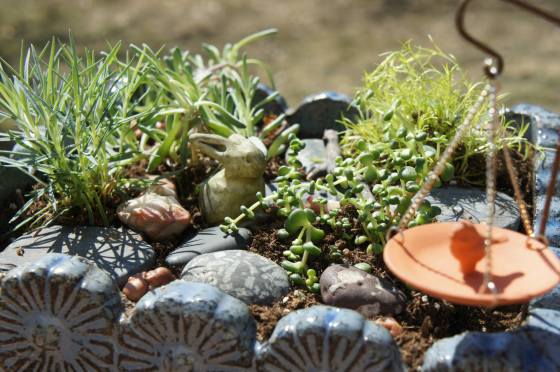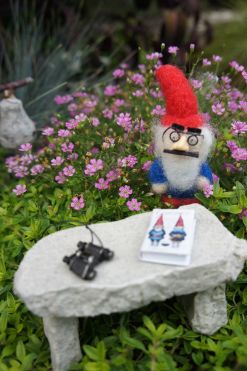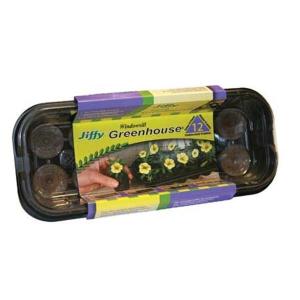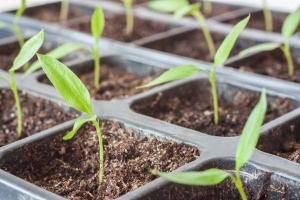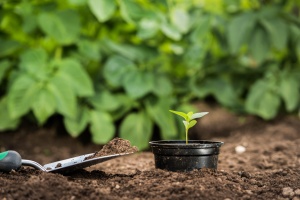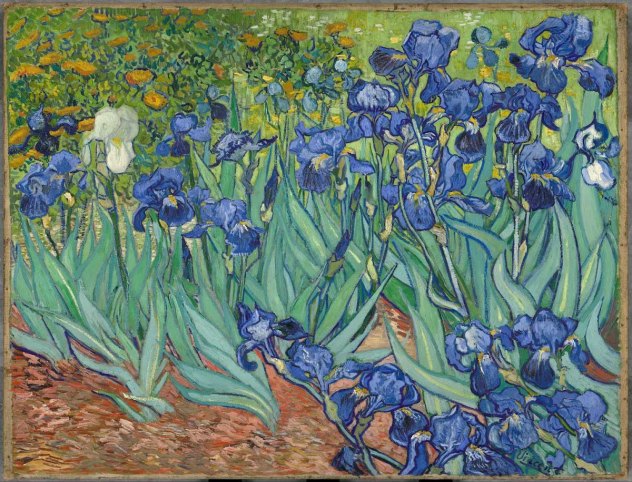
“Irises” by Vincent van Gogh, which sold for $53 million at auction
Come late summer, a gardener’s thoughts immediately turn to spring. Most likely, planting tulips or daffodil bulbs come to mind, two of my favorite flowers. However, a good friend of mine, Traci, recently moved to the area. She bought a new house and had a blank slate as far as planning her garden is concerned. She planted the idea of new iris beds for us both. And an obsession was born!
As good friends do, we fed off each others’ enthusiasm for a new undertaking. Now that both of our gardens are in, and you still have time this year to plant one of your own, I thought I’d share some of our learnings with you.

First, a bit of iris history. The iris, famously used by the French Kings, including Louis XIV, as a symbol of power and position, was adapted as the Fleur de Lys and is now a symbol of the great state of Louisiana. Before World War II, most new iris hybrids came from Europe. But since that time they have become an American passion, and can be enjoyed in all their regal splendor, standing tall in late spring, alongside the poppies and peonies.
Although people often refer to planting iris “bulbs”, the bulbs are actually called rhizomes. The rhizome is planted right at ground level, the tops just visible, and its adventitious roots make it possible for many plants to propagate from the stem. While the rhizome grows horizontally, it rises into a beautiful fan of sword-like leaves with showy, spectacular flowers in a rainbow of colors.
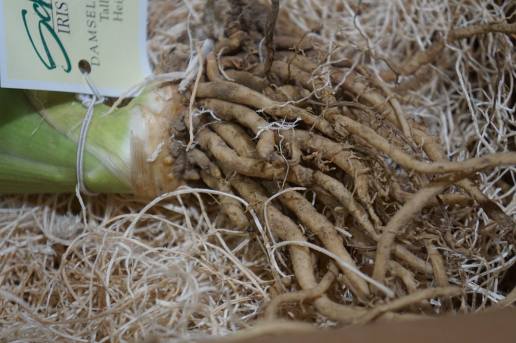
The healthy roots of an iris rhizome
I’ve compiled a couple of “Iris Newby” tips that my friend and I have learned, that hopefully will be helpful to you, too.
Where to Find Your Rhizomes. Don’t let the cost of irises deter you from starting a bed of your own. One of the best features of these hardy perennials is how quickly and abundantly they reproduce. Iris typically have to be divided every four years. So you can most likely find some neighbors, friends, family or coworkers who would be delighted to share some of their bounty with you. Gardeners are by nature eager to share knowledge and the fruits of their labor.

An elderly neighbor of Traci’s, who could no longer garden, generously offered her as many irises as she’d like. This is what Traci ended up with, and she shared with me.
Another fantastic and inexpensive method of procuring your precious rhizomes is to find the local chapter of the Iris Society, through an arboretum, or horticulture department at a local university. Traci and I attended the annual sale of the Iris Society of Minnesota and found award-winning irises at a fraction of the price, that we knew would do well in Minnesota’s unique climate. We were also able to benefit from the experience of Master Growers, such as this lovely gentleman, who was more than happy to help a couple of beginning iris enthusiasts out.
Finally, there are many sources for high quality, distinguished irises online. Perhaps the most venerated is Schreiner’s Iris Gardens. While a peek at the 2016 edition of their Iris Lover’s catalog features resplendent Irises for $50-$60 a bulb, I shopped their summer sale and purchased several for under $10 a piece. Plus, they will throw in a bonus Iris, if you meet certain thresholds.

Once we had all of our iris selected in the colors we favored, (both of us love the purples and blues. I also like the pinks, and yellows. Traci hates yellows and goes for some of the deep reds), it was time to prepare the beds. Irises will ship in July, August and September. They should be planted in late summer, earlier than tulips or daffodils, because they need time for the roots to get established, prior to the temps falling below 40 degrees.
Choosing a site. You’ll want to select a site where you’re going to get full sun for at least 6 hours a day. Choose a spot that doesn’t get standing water. Remember irises don’t like wet feet. You’ll need to amend the soil if you have heavy clay soil. Most importantly, choose a spot where you will be able to see and enjoy them in bloom, and hopefully, passersby will be able to enjoy them, too.
Preparing the Bed. Again, Iris do not like wet feet. You’ll need well-drained soil. Like most perennials, Iris prefer neutral to slightly acidic soil. You’ll want to use fluffy compost or aged manure, and light black dirt.

We cleared a site, where a previous home owner had planted iris over two decades ago. The soil was compacted under gravel, so we uncovered down to the clay, turned it over, and added aged, composted manure and light, fluffy black dirt.

Next, I set out all my bulbs, according to color and size. All of mine are Tall Bearded Iris, so mine were arranged by color scheme. You’ll want to plant them 1-2 feet apart. The closer together they are planted, the sooner you will have to divide them.

Finally they were planted, so that the rhizomes were just visible above the soil or had a very light covering, with the roots fanned out to the sides, pointing down.
Finally, I created a map of what I’d planted and where. Anyone who has ever planted a perennial garden will attest to the fact that markers tend to mysteriously migrate, or disappear, and you end up not knowing what is where until it blooms.
Traci found some darling garden markers on Pinterest that she made for both of us, using beads from the craft store. I’m sure I have the nicest garden markers on my block. But plastic markers and a Sharpie will work as well.
While I love all four seasons in Minnesota, I can hardly wait until next spring to enjoy the fruits of my labor, as well as to share with my friend yet another mutual passion that sustains our friendship. For more information on growing irises, I encourage you to check out the American Iris Society.
Smart Perks Blogger, Melanie Bisson enjoys getting dirt under her nails as much as a good manicure afterwards.










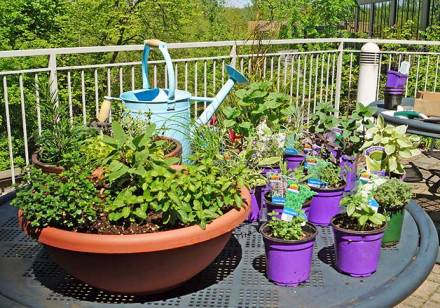
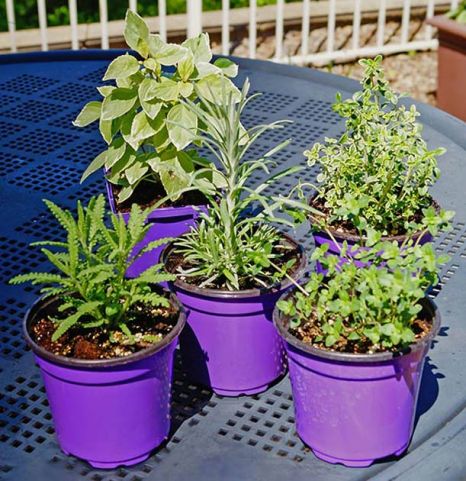
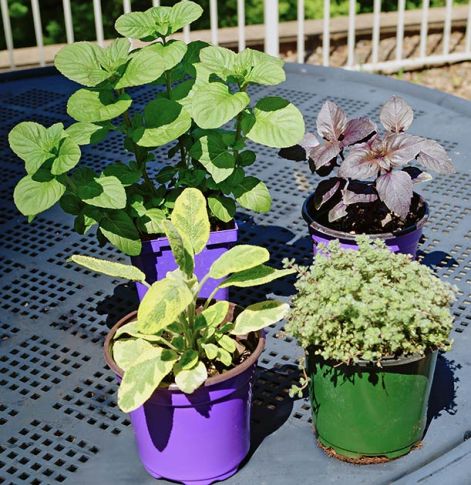

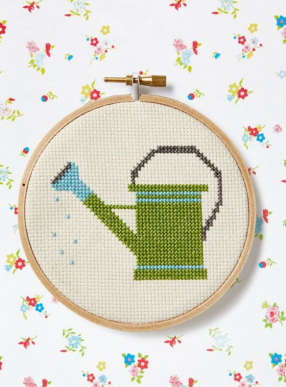
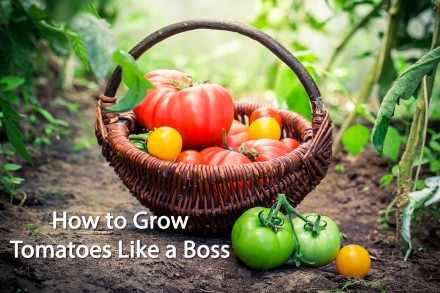


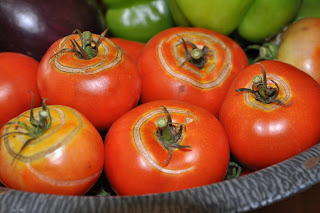



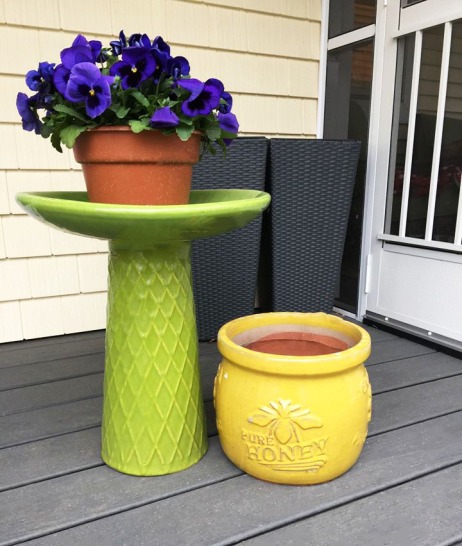

 Placing bright flowers and hummingbird feeders near windows Mom frequents is a great way to enjoy a summer full of cheerful winged feeders. The
Placing bright flowers and hummingbird feeders near windows Mom frequents is a great way to enjoy a summer full of cheerful winged feeders. The 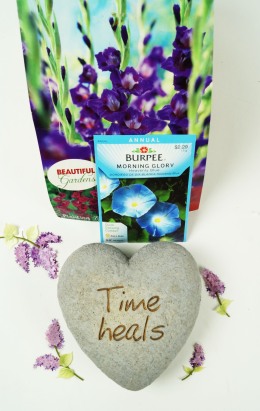 Another meaningful gift that mom doesn’t always think of herself is planting a memorial garden. I myself have found them to be very healing.
Another meaningful gift that mom doesn’t always think of herself is planting a memorial garden. I myself have found them to be very healing.
 Springtime is the season of cute! My mind is full of bright colors and baby animals. I want to smell green grass and fresh dirt. I want sunshine, even on the days when the temperatures are still struggling to hit the mid-50s.
Springtime is the season of cute! My mind is full of bright colors and baby animals. I want to smell green grass and fresh dirt. I want sunshine, even on the days when the temperatures are still struggling to hit the mid-50s.